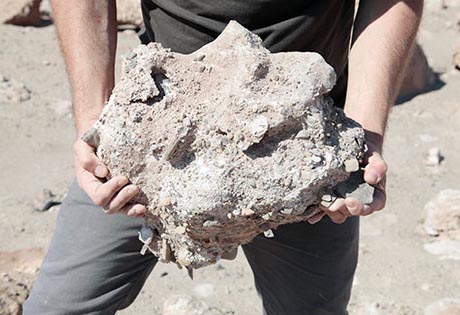21st Oct 2014 5:15pm
York Heritage Reseach Seminar, University of York

Speaker: Louise Purbrick, University of Brighton
High explosives that tore apart the land and bodies of the First World War were produced from sodium nitrate extracted far from the Western Front. This source of nitric acid derived from the Atacama desert of northern Chile, which became another ‘field of craters’ caused by intensive surface mining. This paper examines the circuit of nitrate from mineral form in desert rock to stock market value, industrial weapon, explosive force and broken landscape.
Louise Purbrick is Principal Lecturer in the History of Art and Design, School of Humanities, College of Arts, University of Brighton. She is currently working with photographer Xavier Ribas on the Arts and Humanities Research Council funded project, Traces of Nitrate. Louise completed her D.Phil in Art History at the University of Sussex in 1993 and has since published much of this study of the industrial and material culture of the Great Exhibition of 1851 in articles and book chapters.
Her work with material culture is not restricted to academic enquiry alone; she is involved in the documentation of historic sites and the curation of exhibitions. Purbrick has a longstanding interest in the Long Kesh/Maze prison site, Northern Ireland. Since 2005, Purbrick has worked with Belfast-based cross-community project, Healing Through Remembering, on the establishment of a museum of the conflict ‘in and about’ Northern Ireland. Her academic and activist roles are brought together in the co-editorship of multi-disciplinary collections of writings that which attempt to understand the material remains of violent pasts (Re-mapping the Field, 2006 and Contested Spaces, 2007).